The lake is fringed by dead trees. Naked trunks, pale grey and forked, rise ten or more metres out of the water. I can see them everywhere, right around the lake, and not one is alive. It’s a forest graveyard, eerie and sad.
The trees are yellow-barked acacias, and they didn’t grow in the water. Once, they grew on Lake Naivasha’s shoreline, but since 2010, the lake has risen by several metres, flooding the surrounding land. Yellow-barked acacia is a hardy tree, very common in central Kenya and widely planted as an ornamental in Nairobi. But it can’t tolerate being drowned.
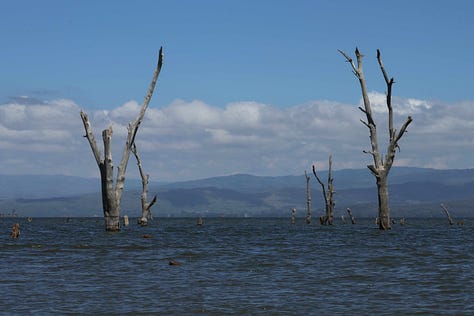
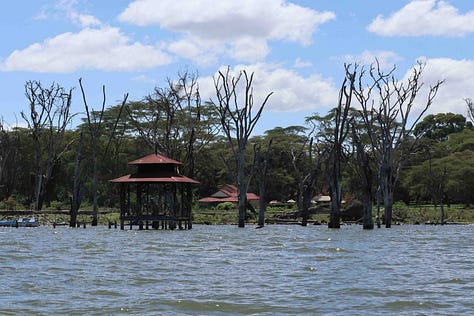
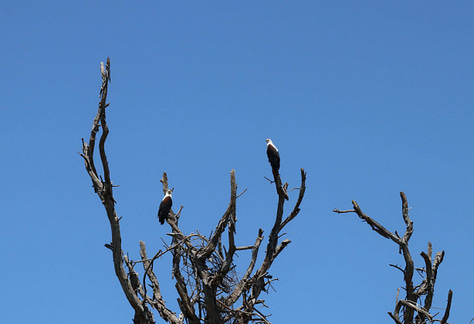
Naivasha’s drowned trees stand as symbols of a much wider problem. All of central Kenya’s lakes have been rising – some much more than Naivasha. Lakes Solai and Baringo, to the north, have risen by more than eight metres. Others have risen less, but they’ve all been rising.
The higher lake levels have done more than kill trees. The waters have flooded homes and schools, displacing tens of thousands of people. This year alone, thousands of people have been infected with cholera. Wildlife has been affected too. The influx of fresh water into alkaline lakes such as Nakuru has reduced the growth of the algae on which flamingos feed. As a result, flamingo numbers are declining.
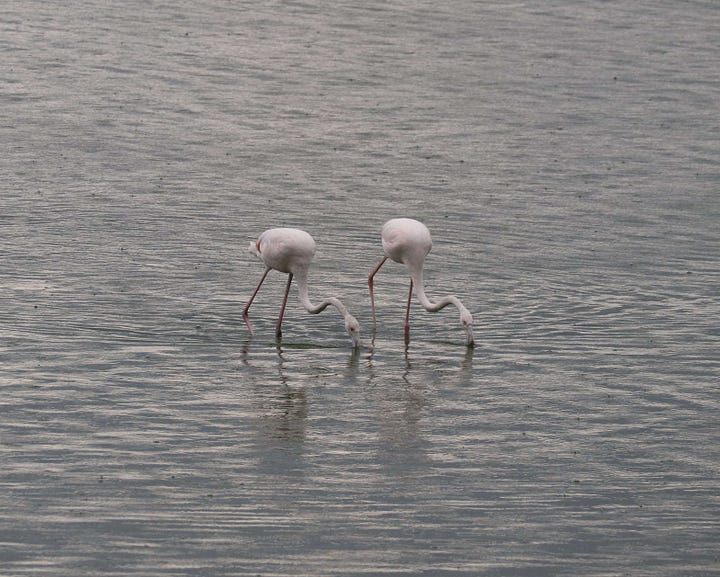
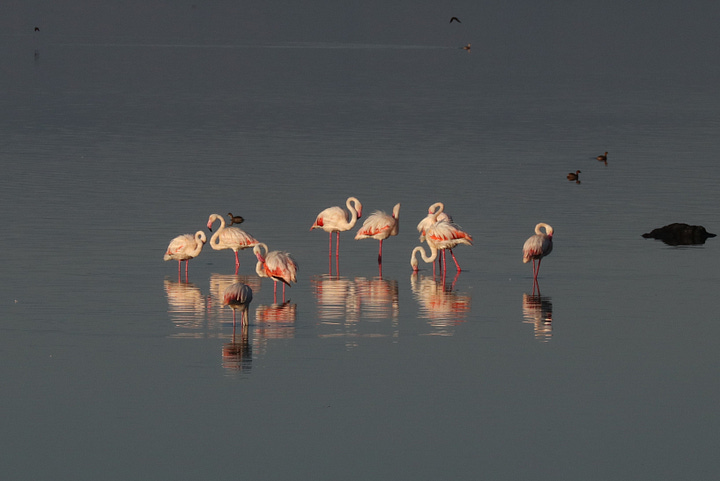
Lake levels have always fluctuated, and at times these lakes have been much lower. Since 2010, however, they have been rising consistently. The reason is increased rainfall in the catchments surrounding the lakes.
It seems a world away from north-eastern Kenya, where six years of drought have driven people from their homes and killed livestock. Babies are suffering from malnutrition, and people coming to hospital are asked to bring their own water, as there is not enough for patient care. The north-east isn’t the only part of Kenya to have experienced drought either. In the south, the Maasai country has also been affected, killing both livestock and wildlife. Although there has been some respite this year, the preceding four years have been very dry. The grass is green now, but it is very short and I could see how bare much of the land was.
Droughts and floods are nothing new in Kenya, but climate change has aggravated the situation. A recent study has shown that the six years of drought in Kenya’s north-east was 100 times more likely as a result of human-induced climate change. It’s not clear how much the rise in lake levels can be attributed to climate change, but warmer temperatures do mean more water in the atmosphere. It’s likely, then, that climate change is part of this problem too.
With both droughts and flooding likely to get worse, what can Kenya do? Better water storage, to make use of the rain which does come, is crucial. I saw one way this is being achieved on the road near the Maasai Mara National Park. The road had recently been upgraded and while they were there with earth-moving equipment, the contractors had also built water storage ponds. I heard about another example on the BBC World Service. A group called ‘Just Dig It’ is helping farmers to build ‘earth smiles’, semicircular pits in the soil which trap rainwater and allow it to sink into the earth more effectively.
Maasai people, who have grazed their livestock in these areas for thousands of years, are finding ways to adapt too. Traditionally, they have measured their wealth by the number of cattle they have. But there are now fewer areas available for grazing because the land is wanted for other purposes, including reserves for wild animals and tourism. Confined to a smaller area, overgrazing has become a real issue, even without the problem of increased drought. In the Nashulai Conservancy, on the edge of the Maasai Mara, the Maasai people are changing their views on wealth, to focus on the quality of cattle, not just the quantity, and switching their herds to Boran cattle, which are larger and survive droughts better.
But what about the areas getting increased rainfall? It’s been harder to find examples of adaptation to rising waters. Without doubt, some people will need to be relocated. Scientists who have studied the lake levels also suggest that slowing down the water further up the catchments could help – for example by planting (or replanting) forest. The use of water for irrigation can help too – the flooding around Lake Naivasha would probably be worse if the lake wasn’t used to irrigate crops.
Less than 10% of Kenyans own cars and it gets 80% of its electricity from renewable sources. Its contribution to climate change has been tiny, so it seems unfair that it’s suffering doubly from climate change, with both too little, and too much, rainfall.


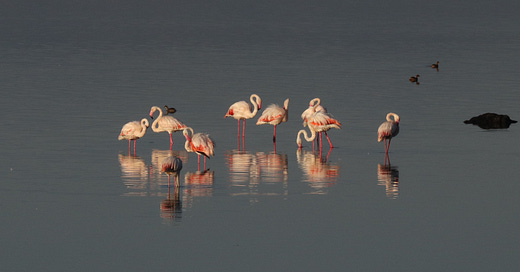


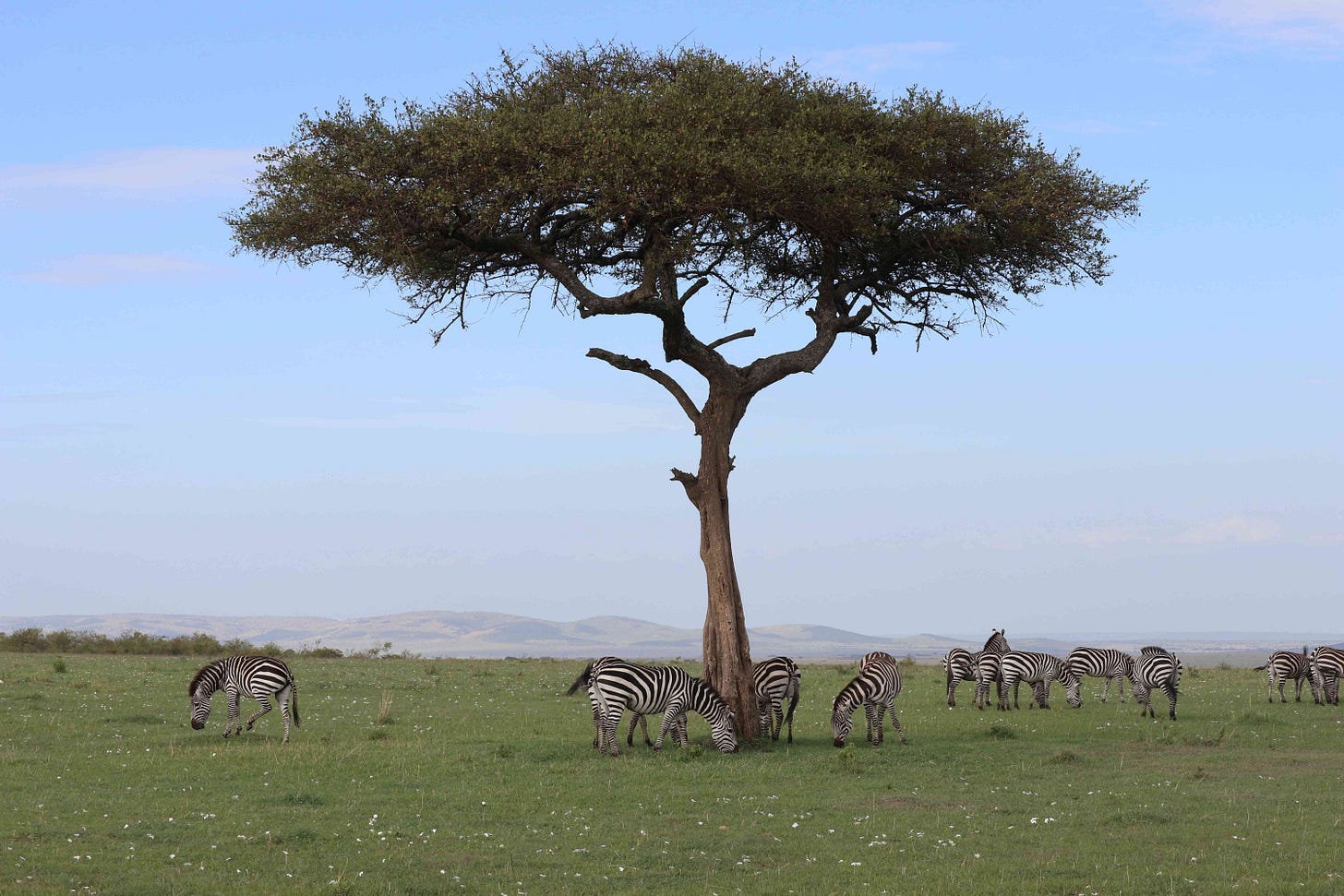
Thanks Melanie. I'm appreciating these insights from Kenya.
Thanks Melanie. When I read what you write, its like if I am in Kenya